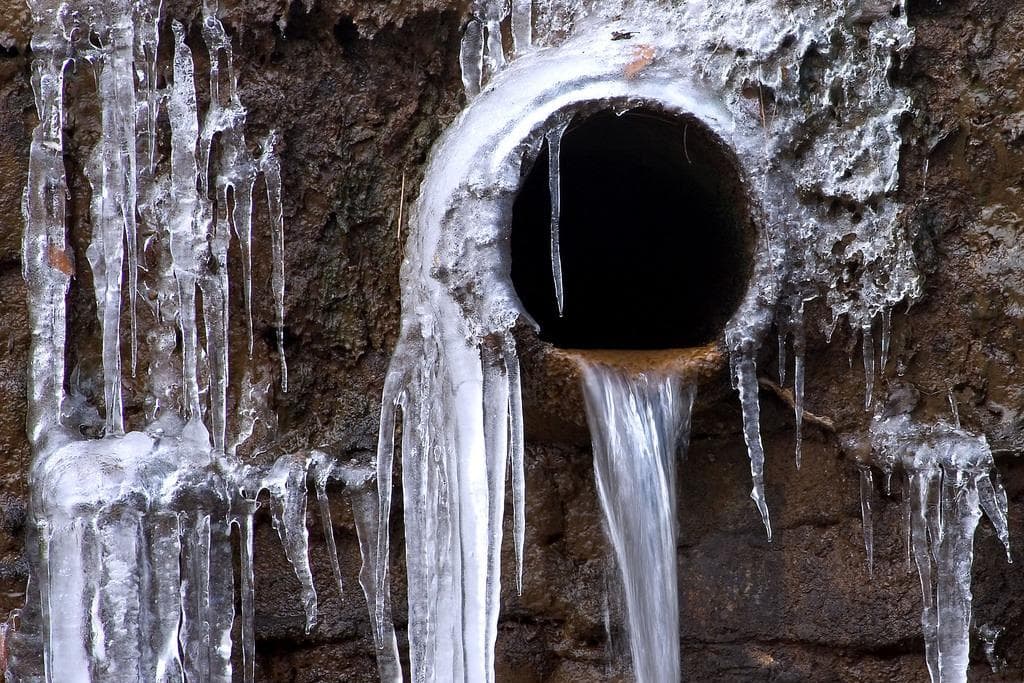Are you interested in additional info around Preventing and dealing with frozen pipes?

Winter can wreak havoc on your pipes, especially by freezing pipes. Here's how to avoid it from taking place and what to do if it does.
Intro
As temperature levels decrease, the danger of icy pipelines increases, possibly bring about expensive repair work and water damages. Comprehending exactly how to prevent frozen pipes is crucial for home owners in cold environments.
Understanding Frozen Pipelines
What creates pipelines to ice up?
Pipelines ice up when exposed to temperature levels below 32 ° F (0 ° C) for extended periods. As water inside the pipelines freezes, it expands, taxing the pipeline walls and potentially causing them to burst.
Risks and damages
Frozen pipes can result in water system disruptions, property damages, and expensive repair work. Burst pipes can flooding homes and cause substantial architectural damage.
Indicators of Frozen Pipes
Identifying icy pipelines early can stop them from bursting.
Just how to determine frozen pipes
Seek decreased water flow from taps, uncommon odors or noises from pipes, and visible frost on revealed pipes.
Prevention Tips
Shielding vulnerable pipelines
Cover pipes in insulation sleeves or use warm tape to protect them from freezing temperatures. Concentrate on pipelines in unheated or external areas of the home.
Heating techniques
Keep interior areas adequately heated, especially areas with plumbing. Open up cupboard doors to enable cozy air to circulate around pipes under sinks.
Safeguarding Outside Plumbing
Yard hoses and exterior taps
Disconnect and drain garden hose pipes before winter months. Install frost-proof spigots or cover exterior faucets with insulated caps.
What to Do If Your Pipes Freeze
Immediate actions to take
If you think frozen pipes, keep taps open up to relieve pressure as the ice thaws. Use a hairdryer or towels soaked in warm water to thaw pipes slowly.
Long-Term Solutions
Structural changes
Consider rerouting pipes far from exterior wall surfaces or unheated areas. Add extra insulation to attics, basements, and crawl spaces.
Updating insulation
Purchase top notch insulation for pipes, attics, and walls. Proper insulation helps maintain regular temperatures and lowers the threat of icy pipes.
Verdict
Avoiding frozen pipes requires aggressive actions and quick actions. By recognizing the causes, indicators, and preventive measures, house owners can safeguard their pipes throughout winter.
5 Ways to Prevent Frozen Pipes
Drain Outdoor Faucets and Disconnect Hoses
First, close the shut-off valve that controls the flow of water in the pipe to your outdoor faucet. Then, head outside to disconnect and drain your hose and open the outdoor faucet to allow the water to completely drain out of the line. Turn off the faucet when done. Finally, head back to the shut-off valve and drain the remaining water inside the pipe into a bucket or container. Additionally, if you have a home irrigation system, you should consider hiring an expert to clear the system of water each year.
Insulate Pipes
One of the best and most cost-effective methods for preventing frozen water pipes is to wrap your pipes with insulation. This is especially important for areas in your home that aren’t exposed to heat, such as an attic. We suggest using foam sleeves, which can typically be found at your local hardware store.
Keep Heat Running at 65
Your pipes are located inside your walls, and the temperature there is much colder than the rest of the house. To prevent your pipes from freezing, The Insurance Information Institute suggests that you keep your home heated to at least 65 degrees, even when traveling. You may want to invest in smart devices that can keep an eye on the temperature in your home while you’re away.
Leave Water Dripping
Moving water — even a small trickle — can prevent ice from forming inside your pipes. When freezing temps are imminent, start a drip of water from all faucets that serve exposed pipes. Leaving a few faucets running will also help relieve pressure inside the pipes and help prevent a rupture if the water inside freezes.
Open Cupboard Doors
Warm your kitchen and bathroom pipes by opening cupboards and vanities. You should also leave your interior doors ajar to help warm air circulate evenly throughout your home.

We were guided to that report about How To Avoid Freezing Pipes from a pal on another website. Appreciated our review? Please quickly share it. Let another person find it. Thanks for your time spent reading it.
Visit Page
Comments on “Tips to Keep Pipes from Freezing Damage: Crucial Advice”